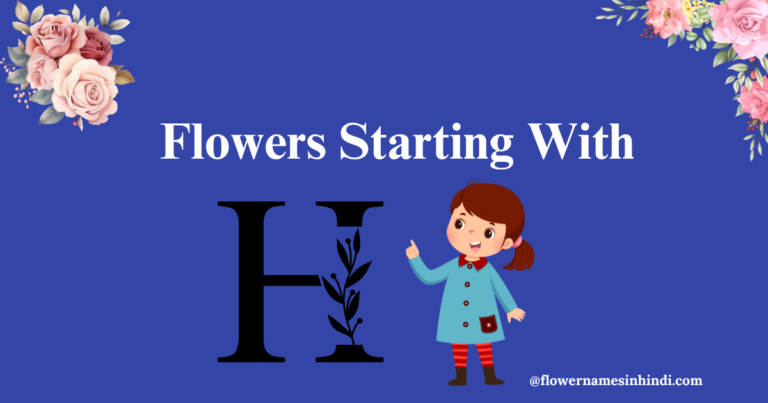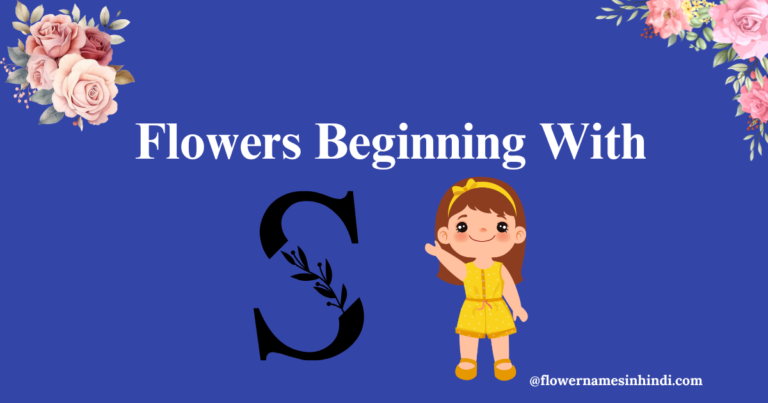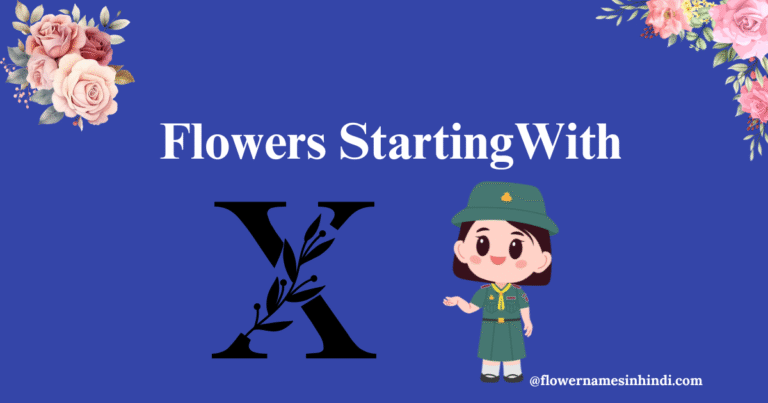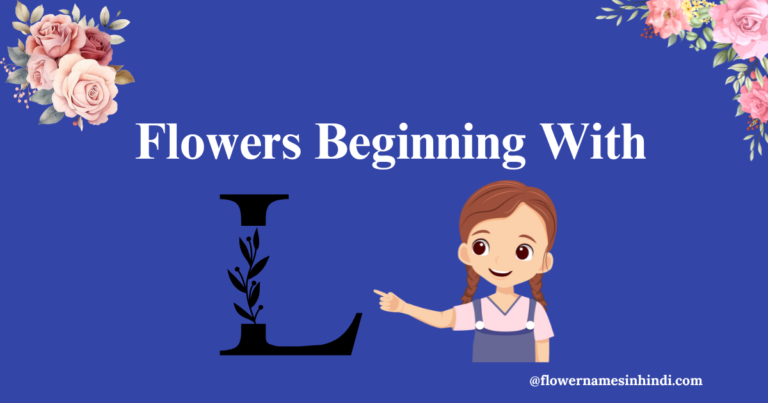Delightful 17+ Flowers that Begin with Z With Picture
The last letter of the alphabet brings something truly special, flowers that start with Z. 🌸
They may be rare, but each one has its own charm and beauty. Their bright petals and unique shapes make them stand out in any garden.
We have already seen the lovely flowers that start with Y, and now it is time to explore the final ones. Let us discover the amazing Z flowers and see how they can add a fresh and colorful touch to your garden.
🌸 Zinnia
🌸 Zephyranthes
🌸 Zantedeschia
🌸 Zygopetalum
🌸 Zaluzianskya
🌸 Zamia
🌸 Zauschneria
🌸 Zinnia Elegans
🌸 Zea Mays
🌸 Zigadenus
Zelkova: Flowers That Begin With Z
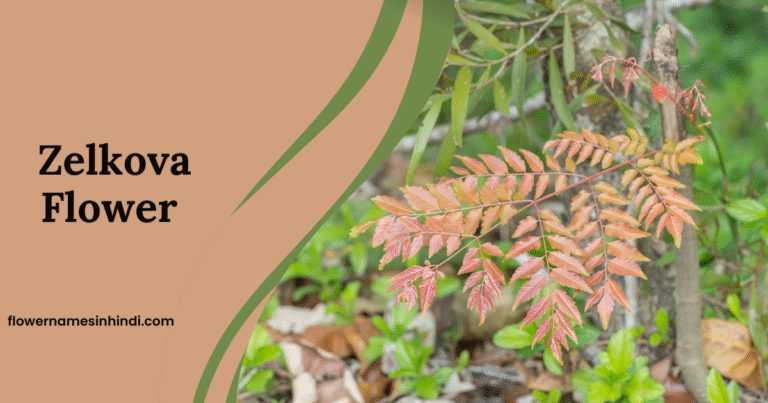
Zelkova is a deciduous tree from the Ulmaceae family. Its name comes from the Georgian word dzelkva, meaning stone pillar. These trees can grow from small shrubs to tall trees reaching 35 meters. They are known for their smooth bark, vase-like shape, and resistance to Dutch elm disease.
They prefer full sunlight and well-drained soil. Once grown, they can tolerate dry conditions and need little care. Gardeners usually prune them in late winter to shape the tree and remove dead branches.
Their hard wood is used for furniture and instruments. In Japan, wood from Zelkova serrata is used to make traditional drums called wadaiko.
| Botanical name | Zelkova serrata |
| No. of species | 6 species |
| Symbol | Strength, resilience |
| Blooming time | Spring |
| Origin/ Native to | Japan, Korea, Eastern China |
Zamia
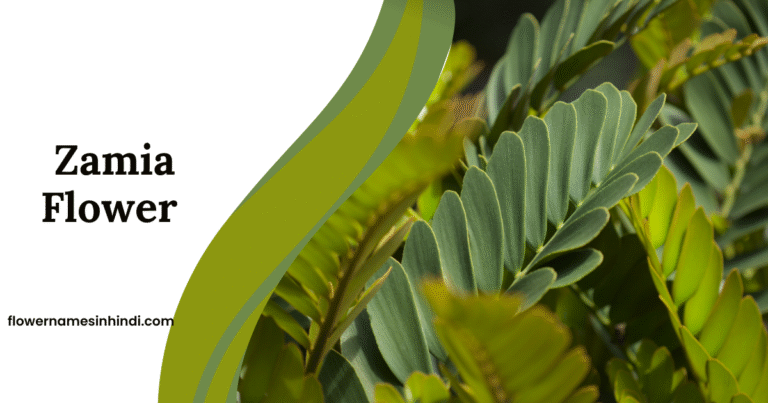
Zamia is a genus of cycads from the Zamiaceae family. Instead of flowers, they grow cone-like structures and have beautiful, symmetrical leaves. Because of their drought tolerance and adaptability, Zamia plants are often used in landscaping.
These plants look like small palms with circular stems that grow above or below the ground. Their leaves grow in a spiral pattern and have fine, soft hairs when young. Zamia grows best in sandy, well-drained soil with partial shade. They need little care and survive well in dry conditions.
These ancient plants have existed since the time of dinosaurs.
| Botanical name | Zamia |
| No. of species | Around 50 species |
| Symbol | Longevity, endurance |
| Blooming time | Spring/Summer (varies) |
| Origin/ Native to | Americas (Central and South America) |
Ziziphus: Flower That Begins With Z
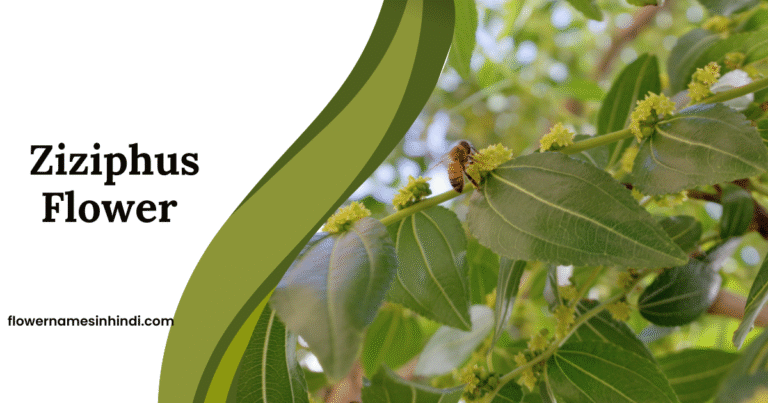
Ziziphus, also called Jujube, is a small tree or shrub from the Rhamnaceae family. It has shiny green leaves with three clear veins and a pleasant smell. The flowers are small and yellow-green.
Jujube trees can grow up to 30 feet tall and have glossy leaves that fall in winter. They prefer sunny spots and well-drained soil. Once established, they tolerate drought well and need little care. Pruning in winter helps shape the tree and boost fruit growth.
The tree grows sweet, edible fruits known as Chinese dates. These fruits can be eaten fresh or dried and are used in many dishes. They are rich in vitamins, minerals, and antioxidants that help improve sleep and digestion.
| Botanical name | Ziziphus |
| No. of species | Around 68 species |
| Symbol | Abundance, fertility, health |
| Blooming time | Late spring to early summer |
| Origin/ Native to | Asia, Africa, and the Mediterranean regions |
Zornia
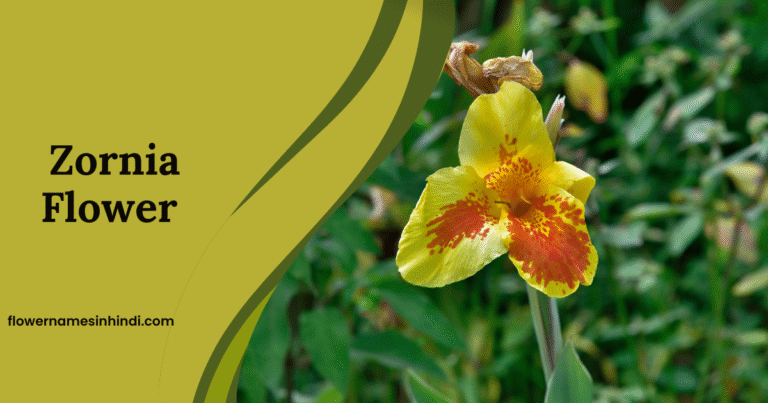
Zornia latifolia is a small plant with thin, compound leaves and yellow flowers. The flowers are tiny and grow close together, giving the plant a simple look rather than a showy one.
This plant belongs to the Fabaceae family and is known more for its medicinal uses than for decoration. It has been used in herbal medicine for its calming, pain-relieving, and anti-inflammatory properties.
Zornia latifolia grows well in hot, dry areas with well-drained soil. It needs little care and can survive even in poor soil. Although not commonly grown for beauty, it remains valued for its natural healing benefits.
| Botanical name | Zornia |
| No. of species | About 80 species |
| Symbol | Resilience, modesty |
| Blooming time | Summer |
| Origin/ Native to | Tropical and subtropical regions globally |
Zinnia Elegans
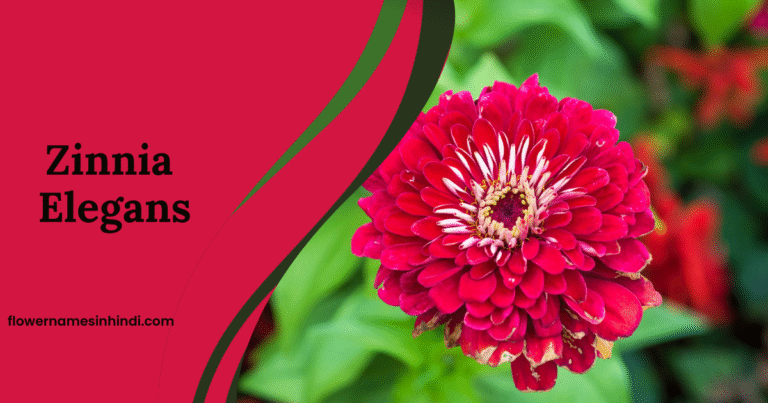
Zinnia elegans, also called elegant zinnia, is an annual flowering plant from the Asteraceae family. The plant grows about 15 cm tall and produces round flower heads about 5 cm wide. Each flower has bright purple petals surrounding a black and yellow center.
Zinnias grow best in full sunlight and well-drained soil. You can plant their seeds directly in the garden after the last frost. Water them moderately and remove old flowers to encourage new blooms.
Zinnias were one of the first flowers ever grown in space! NASA astronauts grew them on the International Space Station to study how plants bloom in zero gravity.
| Botanical name | Zinnia elegans |
| No. of species | Over 20 species |
| Symbol | Endurance, remembrance, lasting affection |
| Blooming time | Summer to early fall |
| Origin/ Native to | Mexico |
Zingiber: Flowers That Begin With Z
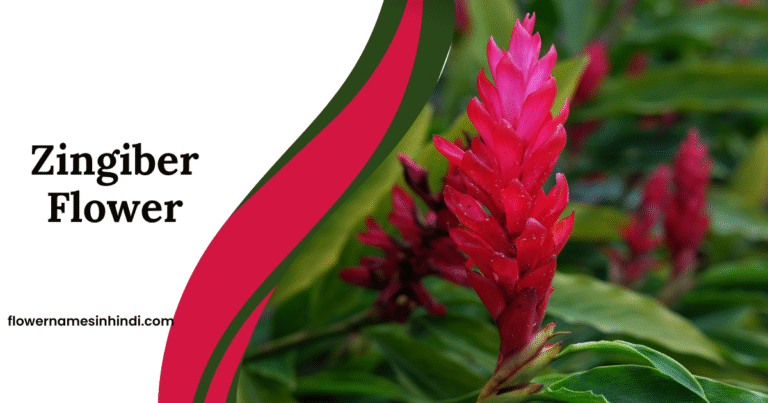
Zingiber is a genus of flowering plants in the Zingiberaceae family. These plants have tall green stems, narrow leaves, and yellow-green flowers with purple or red tips. The underground rhizomes are valued for their spicy flavour and health benefits.
Ginger grows best in warm, humid climates with well-drained soil and partial shade. Zingiber mioga is prized for its edible stems and flowers, while Z. officinale is the common ginger used fresh, dried, or powdered.
It is widely used in Asian and Indian cuisines and has medicinal properties that help with digestion and inflammation.
| Botanical name | Zingiber |
| No. of species | Around 140 species |
| Symbol | Strength, resilience, healing |
| Blooming time | Late spring to summer |
| Origin/ Native to | Tropical Asia |
Zostera
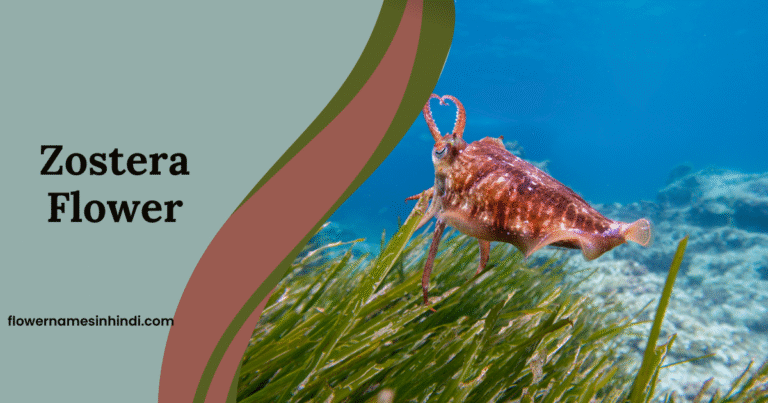
Zostera, also called eelgrass or seagrass, is a small genus of marine plants that grow in shallow coastal waters. It thrives in clean saltwater with loose or muddy soil. Though rarely grown at home, it plays an important role in keeping marine ecosystems healthy.
Eelgrass forms long, ribbon-like leaves that create dense underwater meadows. These meadows provide shelter and breeding grounds for fish, shellfish, and other sea creatures. Zostera also helps stabilize sediments, reduce coastal erosion, and improve water quality by filtering toxins.
| Botanical name | Zostera |
| No. of species | About 15 species |
| Symbol | Marine biodiversity, ecological balance |
| Blooming time | Spring to early summer |
| Origin/ Native to | Coastal waters of temperate and subtropical regions |
Zamioculcas: Flowers That Begin With Z
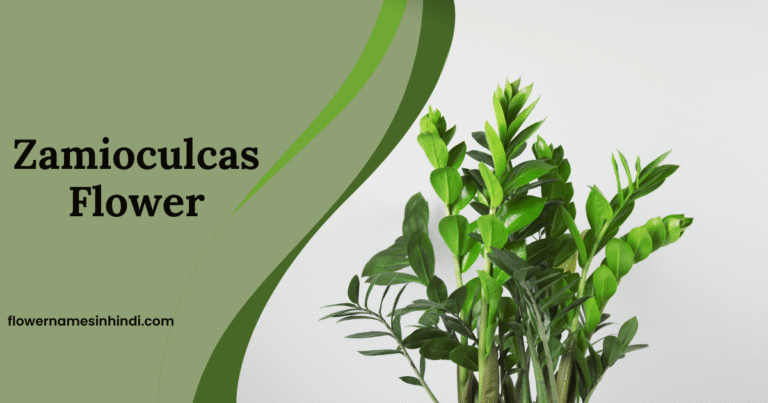
Zamioculcas, also known as the ZZ plant or eternity plant, belongs to the Araceae family. It has only one species, Zamioculcas zamiifolia. This tropical plant is popular as a houseplant for its glossy dark green leaves and easy care.
The ZZ plant can grow up to 3 feet tall and is well-known for purifying indoor air. It thrives in low to bright indirect light and prefers well-drained soil. It needs very little water, making it perfect for busy people or beginners. With its shiny leaves and low maintenance, the ZZ plant adds lasting greenery to homes and offices.
NASA listed the ZZ plant among the best indoor plants for improving air quality, it helps remove toxins like xylene and toluene from the air.
| Botanical name | Zamioculcas zamiifolia |
| No. of species | 1 main species (Zamioculcas zamiifolia) |
| Symbol | Endurance, prosperity, protection |
| Blooming time | Rarely blooms indoors, summer bloom in natural habitat |
| Origin/ Native to | Eastern Africa (Kenya, Tanzania) |
Zauschneria
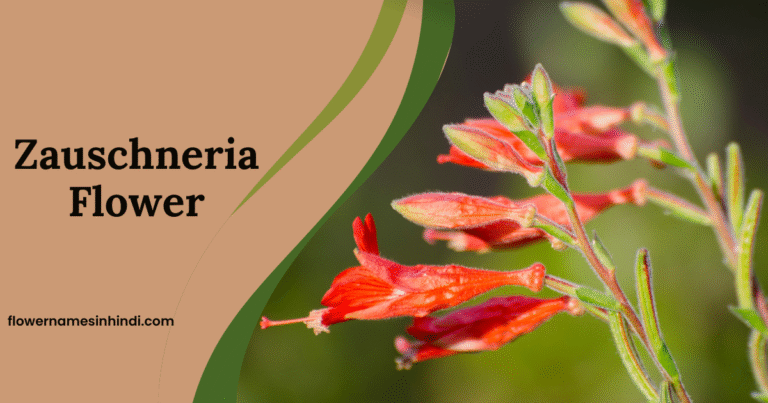
Zauschneria, also called California fuchsia, belongs to the evening primrose family (Onagraceae). It is a perennial plant famous for its bright red or orange tubular flowers that bloom in late summer and fall. These flowers attract hummingbirds and add a burst of colour to dry landscapes.
The plant grows about 1–3 feet tall and has soft gray-green leaves that enhance its fiery blossoms. It thrives in full sunlight and well-drained sandy soil. Once established, Zauschneria needs little water and is highly drought-tolerant.
| Botanical name | Zauschneria californica |
| No. of species | 12 species |
| Symbol | Resilience, adaptability, vibrancy |
| Blooming time | Late summer to fall |
| Origin/ Native to | Western United States, primarily California |
Zinnia Angustifolia
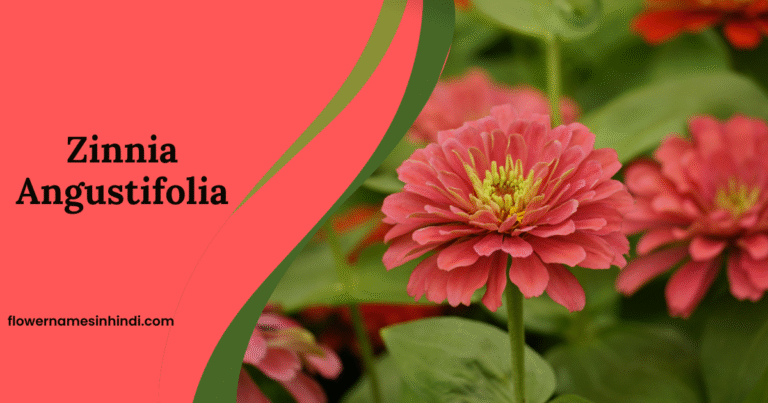
Zinnia angustifolia, or narrow-leaf zinnia, is a hardy, low-growing plant known for its vibrant garden display. It features small, daisy-like flowers in shades of yellow, orange, and white, forming a dense, colourful mat about 8–20 inches tall. The plant’s branched, slightly hairy stems add to its textured look.
Highly drought-tolerant and easy to care for, it thrives in sunny spots with minimal attention. Regular deadheading encourages more blooms and keeps the plant tidy. Ideal for ground cover, borders, rock gardens, containers, and hanging baskets.
Zinnia angustifolia has a natural waxy coating on its leaves that helps it resist fungal diseases and retain moisture, a rare adaptation among annuals!
| Botanical name | Zinnia angustifolia |
| No. of species | Around 20 species in the Zinnia genus |
| Symbol | Endurance, friendship, lasting affection |
| Blooming time | Summer to fall |
| Origin/ Native to | Mexico, Southwestern United States |
Zebrina: Flowers That Begin With Z
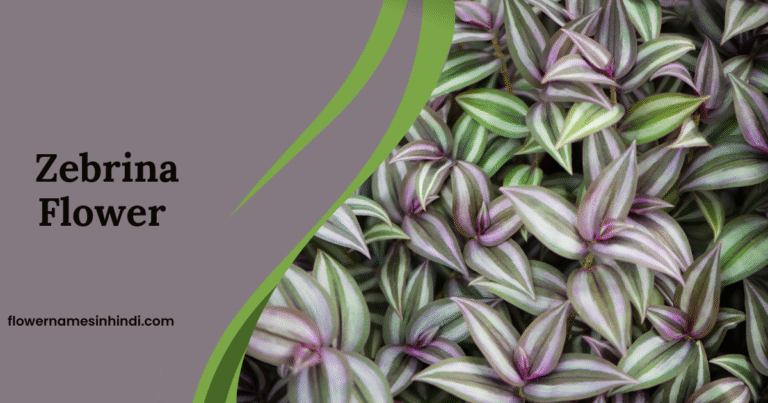
It is a creeping plant from the Tradescantia genus, also called silver inch plant or wandering Jew. The plant grows fast and has beautiful, shiny leaves. Its purple and green striped foliage makes it perfect for hanging baskets, containers, or as ground cover. Small pink flowers appear throughout the year, adding extra charm.
The plant tolerates drought but grows best with regular watering. Pinching stems encourages bushy growth and prevents legginess. Tradescantia is ideal for brightening gardens, balconies, or indoor spaces with its trailing habit and vibrant leaves.
| Botanical name | Tradescantia zebrina |
| No. of species | Approximately 85 species in the Tradescantia genus |
| Symbol | Strength, adaptability, resilience |
| Blooming time | Spring to fall (primarily for foliage) |
| Origin/ Native to | Mexico, Central America |
Zaluzianskya
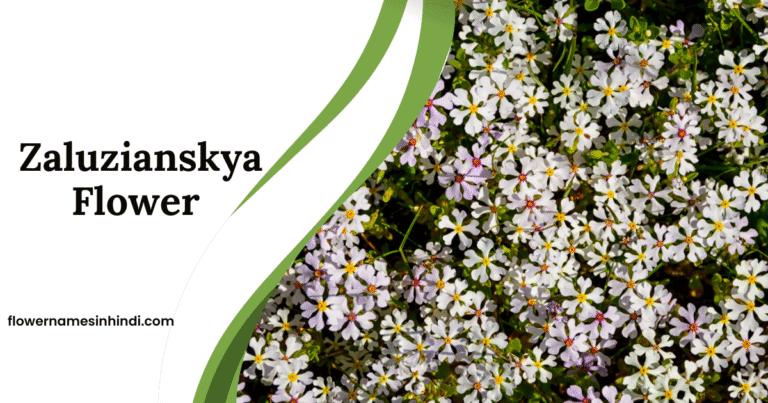
Zaluzianskya belongs to the Scrophulariaceae or figwort family. It is famous for its fragrant night-blooming flowers. Tiny, star-shaped blooms open in the late afternoon and release a sweet vanilla-like scent. The flowers are white or purple with maroon centers and can grow up to 12 inches tall.
This plant grows best in full sun with moist soil. Once established, it needs little water and can tolerate drought. Zaluzianskya is perfect for night gardens, patios, walkways, or near windows where its fragrance can be enjoyed. Its blooms also attract night-flying pollinators, adding life and charm to nocturnal gardens.
The plant is often called “Midnight Candy” because of its strong vanilla-like fragrance at night. Its scent is strongest in late afternoon and evening, making it perfect for night-time sensory gardens.
| Botanical name | Zaluzianskya capensis |
| No. of species | Around 60 species |
| Symbol | Tranquility, evening beauty |
| Blooming time | Summer to early fall |
| Origin/ Native to | South Africa |
Zygopetalum Orchid
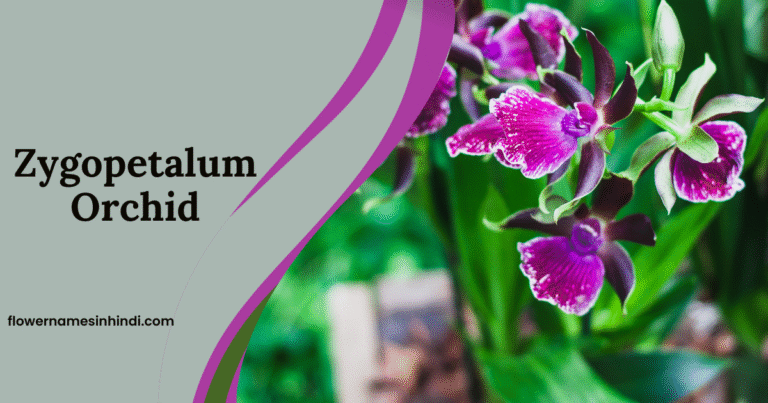
Zygopetalum is a genus in the orchid family (Orchidaceae). Its name originates from the Greek word zugon, meaning “yoke,” referring to the yoke-shaped structure at the base of the flower’s lip. Most species are epiphytic, though some are terrestrial, featuring glossy, strap-like leaves that grow in a graceful arch.
Zygopetalum orchids can reach up to 2 feet in height and flourish in bright, indirect light with high humidity. They prefer airy, well-draining orchid mixes and benefit from regular watering, misting, and good air circulation to prevent fungal issues.
| Botanical name | Zygopetalum |
| No. of species | Approximately 14 species |
| Symbol | Grace, beauty, elegance |
| Blooming time | Fall to early winter |
| Origin/ Native to | Central and South America |
Zephyranthes: Flowers That Begin With Z
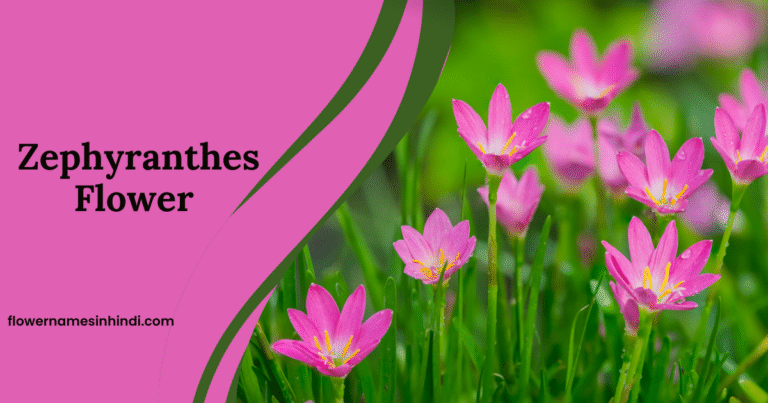
Zephyranthes, commonly known as rain lilies, fairy lilies, or zephyr lilies, is a genus of bulbous plants in the Amaryllidaceae family. The name originates from Zephyrus (the Greek god of the west wind) and anthos (meaning flower), a nod to their slender, wind-like stems.
These charming perennials grow 6–12 inches tall which produce star-shaped flowers in shades of white, pink, and yellow. They thrive in well-drained soil under full or partial sunlight. Planting them in clusters enhances their magical, rain-kissed display, making them a favorite in ornamental gardens.
Rain lilies have a natural “rain sensor.” Their bulbs can detect shifts in moisture and atmospheric pressure, triggering blooms right after rainfall, almost as if they can feel the weather change!
| Botanical name | Zephyranthes |
| No. of species | Approximately 200 species |
| Symbol | Renewal, hope, and new beginnings |
| Blooming time | Late summer to early fall |
| Origin/ Native to | Southern United States, Central, and South America |
Zantedeschia
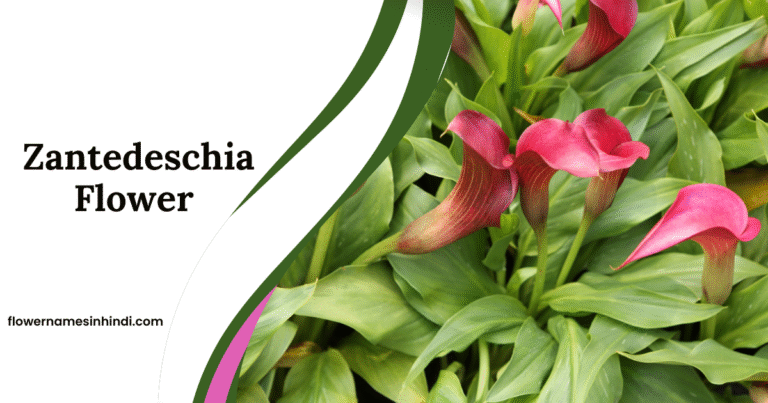
Zantedeschia, a genus in the Araceae family, includes the elegant Calla Lilies, though they are not true lilies. Known for their trumpet-shaped blooms and rich green foliage, these plants are cherished for both garden beauty and floral arrangements. Available in shades of white, pink, yellow, and purple, they bring sophistication to any setting.
Calla Lilies thrive in moist, well-drained soil and partial shade, growing up to 2–3 feet tall. Blooming from late spring to mid-summer, they are popular in weddings for their timeless grace. Regular watering and occasional feeding help keep them healthy and vibrant, whether grown in borders, pots, or used as cut flowers.
| Botanical name | Zantedeschia |
| No. of species | About 8 species |
| Symbol | Purity, holiness, and beauty |
| Blooming time | Late spring to summer |
| Origin/ Native to | Southern Africa |
Conclusion of the Flowers That Begin With Z
When you explore flowers that start with Z, you find many beautiful blooms with their own charm. From the bright colors of Zinnias to the rare look of the Zebra Plant, each flower adds something special to your garden. These flowers can fill any space with color and beauty. They inspire both new and experienced gardeners to enjoy the magic of nature.
Related articles:
- Flowers that start with Y
- Flowers begin with letter X
- Flowers starting with w
- Hindi and English Flower names



